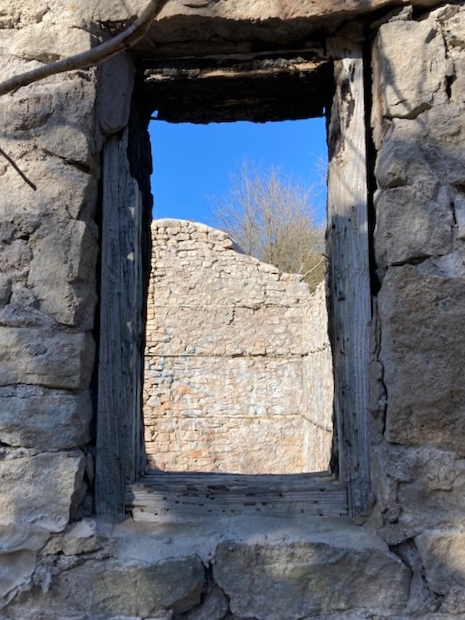 Ann Sheppard
Ann Sheppard
The Holiest Part of the Desert
by NAVA
The Bahá’í cemetery lies three kilometers outside the city. To reach the cemetery, you have to drive through a barren desert. The landscape is not beautiful. There is nothing to look at besides a single railway track on the right side of the road. If you are lucky, you will see a train passing by. When the trains do pass, it is as if they come only to remind those of us who drive the road to the cemetery that life in this world is not permanent; like the trains that come and go, we will start our journey in this world, and disembark when we reach our destination, the next world.
After driving about thirty minutes, you will arrive at the cemetery the Iranian government has designated as a burial place for the local Bahá’ís. No fence or gate separates the graves from the vast desert. Though it may not look it, I believe this part of the desert is more blessed than other parts because of the many prayers that have been chanted by the family and friends who come to visit those who rest here.
When you get out of the car, you’ll notice how hard the wind blows, so hard it sends your hair flying in the air. Just close your eyes for a few seconds and savor the silence. You may feel as if you are far away from planet Earth. If you open your eyes and look to your left, you will see tall mountains. The mountains have no friends but the stones in the desert. If you walk a few more steps, you will draw closer to the graves. They are arranged in three rows. In each row are four graves. This means there are only twelve graves in this cemetery. My city is not such a big city, and the Bahá’ís who live here are few.
Except for two black and white gravestones, the rest of the gravestones are gray. You may wish to read the dates on the gravestones, the dates of the births and deaths of the twelve souls buried here. The first grave belongs to a person who passed away twelve years ago and the last one to a woman who passed away only three months ago. Although they are buried in this forsaken place, these twelve souls are immortalized by their deeds, which are remembered often by those who knew them.
If you look into the distance, you may have trouble seeing the horizon, that boundary separating the sky from desert. The view may remind you that the line separating this world and the next world is almost invisible; although people die and their bodies leave this world, they live on in the minds of their families and friends. You may want to stay until dark before heading back to the city. Before getting into the car, be sure to look up at the sky. Let the breeze touch your face and revive you. As you pull away, take a moment to remember how fortunate you are to be able to come here; and be sure to pray that, in time, others will come to visit here, this holiest part of the desert, where their spirits can be free.

